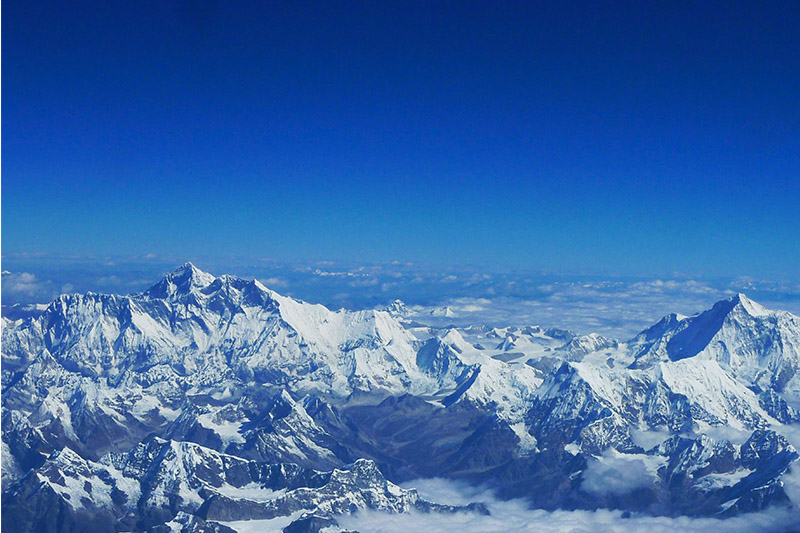BEIJING — Avalanches have struck high on the slopes of the Tibetan mountain Shishapangma as more than 50 climbers were making a push for the summit, killing an American and Nepalese mountaineer, China’s state-run Xinhua news agency reported.
Shishapangma, at just over 8,000 meters (26,247 feet), is the world’s 14th tallest peak. It is widely regarded as one of the easier mountains of that height, known among climbers as the “eight-thousanders”.
Two avalanches hit its slopes at elevations of 7,600 meters and 8,000 meters on Saturday, killing American climber Anna Gutu and Nepalese guide Mingmar Sherpa, Xinhua reported on Sunday.
Another American climber, Gina Marie Rzucidlo, and her Nepalese guide, Tenjen Sherpa, were missing, Xinhua said.
Tenjen Sherpa was the guide for Norway’s Kristin Harila when they climbed K2 in Pakistan in July to become the world’s fastest climbers to scale all of the 14 peaks over 8,000 metres.
A total of 52 climbers were pushing for the summit when the avalanches hit, including from the United States, Britain, Romania, Albania, Italy, Japan and Pakistan, Xinhua said.
All climbing activity on Shishapangma was suspended because of the unstable snow conditions.
Two Pakistani climbers narrowly escaped the avalanches on Saturday after calling off their summit bid because of poor weather despite coming within a few hundred meters of the peak, Pakistani media reported.
Had one of the Pakistani climbers, Sirbaz Khan, reached the top of Shishapangma he would have become the first Pakistani to summit all 14 mountains over 8,000 meters.
More than 300 successful summits of Shishapangma have been logged to date, with under 10% of climbers who tried to reach the top dying in their attempts, according to private estimates.
That compares with the nearly 30% fatality rate for Nepal’s Annapurna I, one of the world’s most dangerous peaks.
Among those who had previously died on Shishapangma was famed American climber Alex Lowe in 1999, also because of an avalanche.
His body as well as the remains of his climbing companion David Bridges were found in 2016 in a partially melted glacier.
October is a popular month for climbers in the Himalayas because of its traditionally more stable conditions as monsoon rain eases.
But scientists warn that global warming is raising avalanche risks in high-altitude regions including the Himalayas.
Last week, a Chinese expedition set up a series of weather stations on the 8,201-meters Cho Oyu on Tibet’s border with Nepal to measure the impact of climate change in the Himalayas.
— Reporting by Ryan Woo; Editing by Christian Schmollinger

